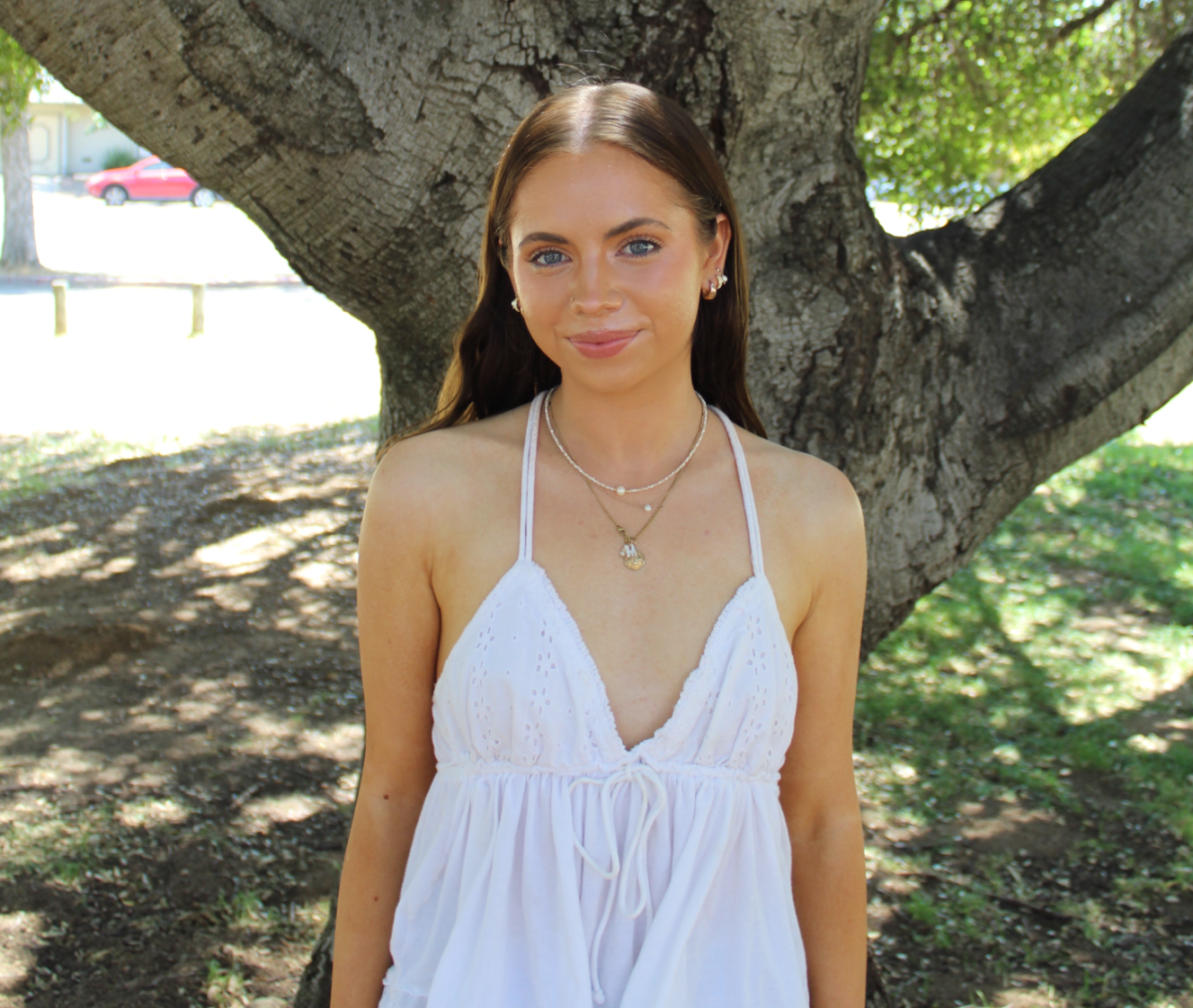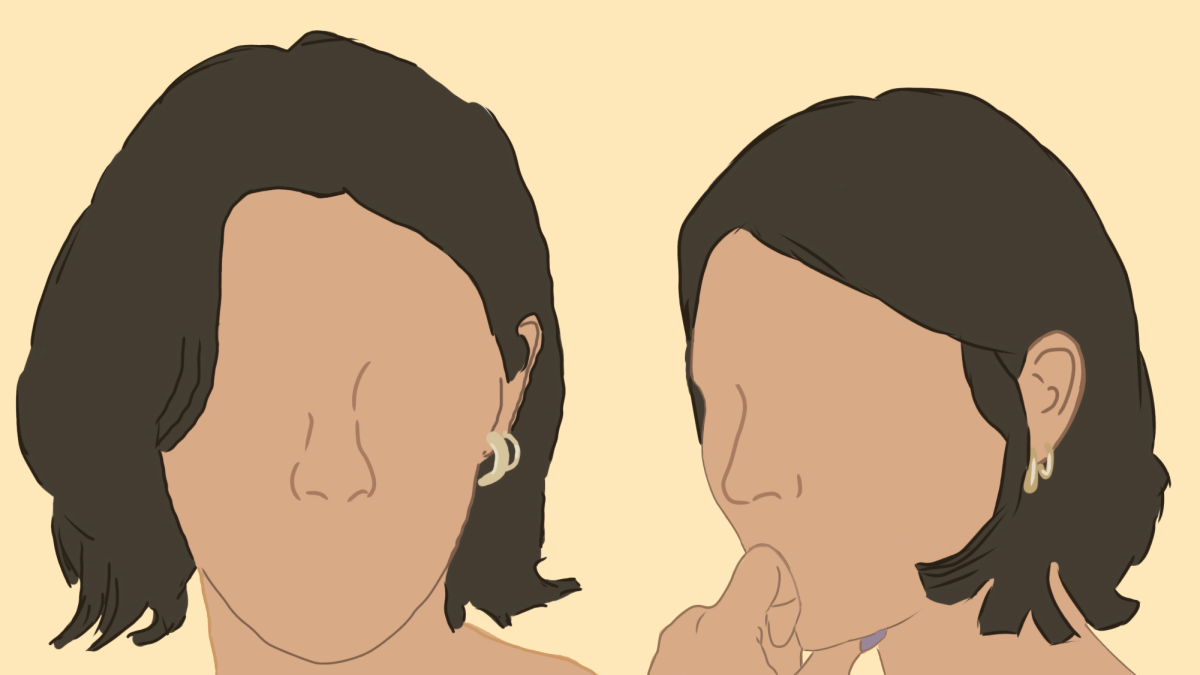Although most sports seasons tend to last three months at San Marin, most athletes find themselves participating in a preseason months before their regular seasons. Preseasons are unofficial practices prior to a sport’s season, which 19 out of the 24 offered sports at San Marin have. Depending on the sport and coach, some preseasons may be shorter than others, but most tend to last around three months. Preseasons are to not only condition athletes for their upcoming seasons, but to also provide an environment in which athletes can bond with their team members and build a sense of community before their season starts. Many coaches prioritize having strong preseasons so that team members can get a feel of the rhythm and new team before starting.
Getting into optimal shape before competing is one of the prime benefits that preseasons have to offer. With the added competition of other schools who are also preparing, getting into shape before the regular season serves an important role. Senior Sylvia Tuerke, one of the varsity volleyball team captains, believes training before her season helped her team prepare to face their competition.
“All of these other teams are in the gym months before the season starts and I think that us doing that too is really helpful,” Tuerke said.
Preseason workouts can often be viewed as a very long activity for athletes. However, many athletes find these times to be very beneficial for the opportunities they provide to get ahead and know their teams. Sophomore Jamie Hendricks, a varsity cheerleader, describes how her preseason benefits her despite taking up a lot of time.
One of the most common setbacks athletes face throughout the season is injuries. Besides helping boost athletes’ performances during their season, slowly transitioning into getting back into shape before a season’s start helps prevent many injuries. Athletic trainer and Sports Medicine teacher Brendan Graber views many sports’ preseasons to be helpful when it comes to injury prevention.

“Practicing prior to the season helps especially with overuse injuries and preventing them as the season goes on,” Graber said.
Golf is one of the five sports offered at San Marin that does not currently offer a preseason for any of its athletes. A large part of this is due to the fact that golf is not a sport that involves much teamwork as it is much more individual. Coach of both the girls and boys golf teams, Robert Lacy, doesn’t think that a preseason is necessary for his teams due to the lack of team coordination needed. Due to golf being an individualistic sport, athletes can practice by themselves efficiently throughout the year.
As new players join teams every year, getting comfortable with teammates is important for all team sports. For sports that involve team coordination, understanding the playing style of your teammates and bonding with them is crucial. Senior varsity basketball player Lily Devol believes preseasons to be helpful with team bonding.
“It makes you used to your teammates’ mannerisms, when you’re on the court with them constantly you’re able to predict what your teammate will do in order to get the optimal play each time,” Devol said.
Upcoming players who may not be used to the workload may also benefit by gauging how demanding their seasons will be. Sophomore tennis player Payton Short mentioned how having a preseason is helpful to new players.
“Preseason offers an opportunity for upcoming players to feel if they are willing to commit to the sport,” Short said.
Ultimately, preseasons offer repetitive practices in which athletes are meant to improve upon skills. Many opportunities like the chance to get back into shape, working closely with team mates, and improving skills are present in preseasons. Dominic DiMare, varsity football’s head coach, highlighted how important offseason training is for all of his athletes.
“In order to compete in any sport it’s the offseason that’s the real season. You need to train to get better at your craft and what you do,” DiMare said.







































